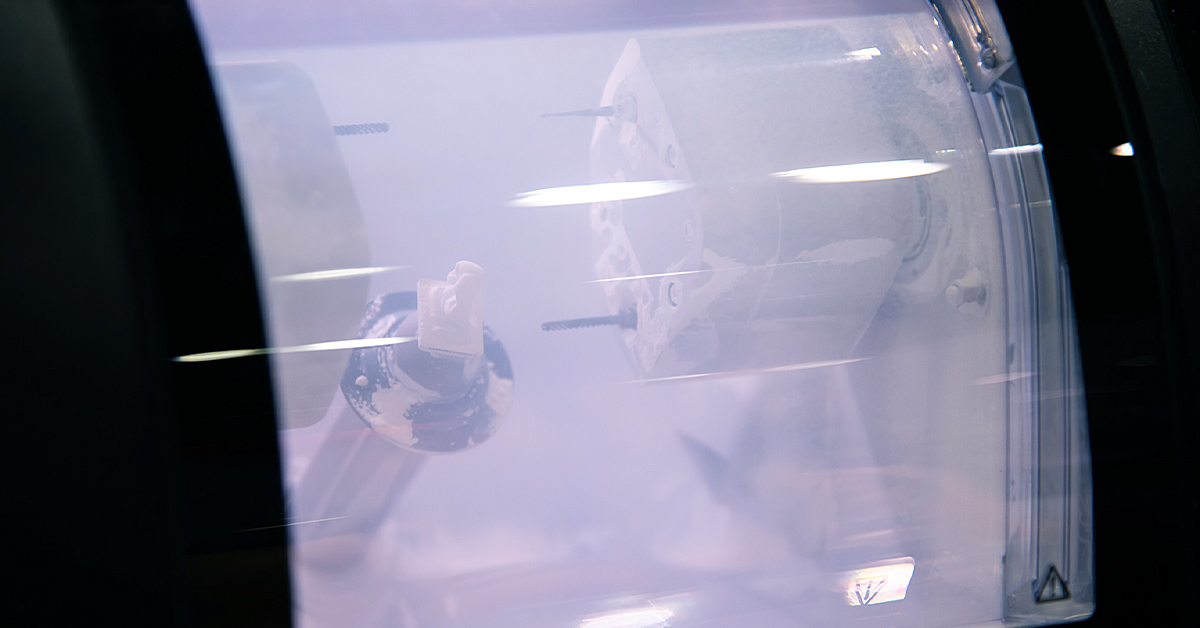For decades, dentists faced two barriers to implementing state-of-the-art technologies: purchase cost and team training. However, advancements in technology and increased competition in the marketplace have made pricing and financing more competitive, and dental practices can now receive the education and support needed to help them get the most from their investments.
With high risk mitigated, the only other barrier to entry may be your own mindset. However, if you clearly define your practice vision and goals, and then choose the appropriate technology to help you reach them, you can confidently take the steps needed to move your practice forward.
Defining and redefining your vision
Every successful practice should have a clearly defined vision that’s transparently communicated to the team – or even developed in collaboration with team members. Your vision and accompanying goals should establish where you see yourself and your practice in the future. Maybe you have a five-year plan or maybe you’re looking 10 years down the road, but that vision should inform every decision and investment you make in your practice. If your vision for the future is to add a new service every year, then your hiring choices, technology purchases and continuing education focus should be based on that goal.
Without a clear vision, a practice lacks the foundation from which to make decisions for the future. The result could be a patchwork of technologies that may not be used to their fullest capacities, lack of staff engagement and empowerment and little or no practice growth. Defining your vision and goals takes time, but the result will be forward momentum.

Case in point
Steven Freeman, DDS, who was featured in the July 2020 issue of Best Practice, is an excellent example of a practice owner with a vision. He wanted his services to be as convenient for patients as possible. “Think of Amazon,” he said. “It became so successful because it dropped barriers to the buying process. With two clicks, you can buy an item while sitting on your couch, and it will show up tomorrow.” Freeman kept that efficiency in mind as he worked toward a vision of eliminating barriers to care and improving the patient experience.
Today, his practice, Elite Smiles in St. Augustine, Florida, offers general dentistry, pediatric dentistry, orthodontics for all ages, Invisalign, implants, sleep apnea treatment and more. Technology played a key role in achieving his goals. From imaging technology that aids in patient education and co-diagnosis to same-day crowns with CEREC, Freeman’s investments have aligned with his vision of removing barriers to care.
If you already have a clear vision, maybe it’s time to pause and consider whether you need to make a shift. What’s changed in your business or life that might warrant a re-evaluation of your goals? Freeman initially intended for his solo practice to be purely cosmetic, but outside circumstances would force him to pivot after going out on his own in 2008, the year of the housing crash and a difficult year for large elective and cosmetic procedures. He switched gears and began practicing general dentistry. Seven years in, Freeman re-evaluated his vision and goals once again when he saw that corporate dentistry chains were buying solo practices in his area. He recognized that he needed to grow in a way that made his practice different or risk being bought out – or worse, driven out of business. Freeman’s ability to redefine his vision amid changing circumstances has ensured his continued success.
A measured approach
With your vision established, it’s time to consider the technologies that will move you toward your goals. For many dentists, the initial financial investment in some technologies can be daunting, so look at the data associated with your practice – patients, staff, number of operatories, efficiencies, collections, marketing – to help you develop a logical plan. For instance, if it doesn’t yet make sense (based on your practice data) to design your own restorations, you may want to postpone purchasing a mill and instead take an important first step by investing in a digital intraoral scanner.
Bryan Laskin, DDS, founded his practice, Lake Minnetonka Dental, in 2001 when dental technologies were rapidly evolving. He was guiding a young business and recalled having “great fear” about the cost of some technologies; he preferred to take a measured approach.
Laskin’s first big step into technology was the conversion of his appointment book into a digital schedule, a seemingly small change that was “scary as hell” at the time, he said. However, he quickly realized that technology provided a better, more efficient way. From there, Laskin began incorporating more technologies, and his efforts eventually culminated in a state-of-the-art practice that now offers CEREC same-day dentistry, dental implants and Invisalign.
Laskin reconciled his initial concerns about return on investment with his desire to create a state-of-the-art patient experience. When you’re driven by an overriding goal and vision, you can create the kind of technology-centered experience that wows patients and encourages them to tell their friends and family about your practice – and that’s how you’ll truly reach next-level practice growth.
Let your vision be your guide
Your practice vision will help you make smart technology investments and keep your team excited about the care they provide. As the practice leader, you set the tone and drive your practice forward, making adjustments as necessary, to meet personal, professional and community needs.
– – –
This blog post originally appeared in Best Practice.




You must be logged in to post a comment.